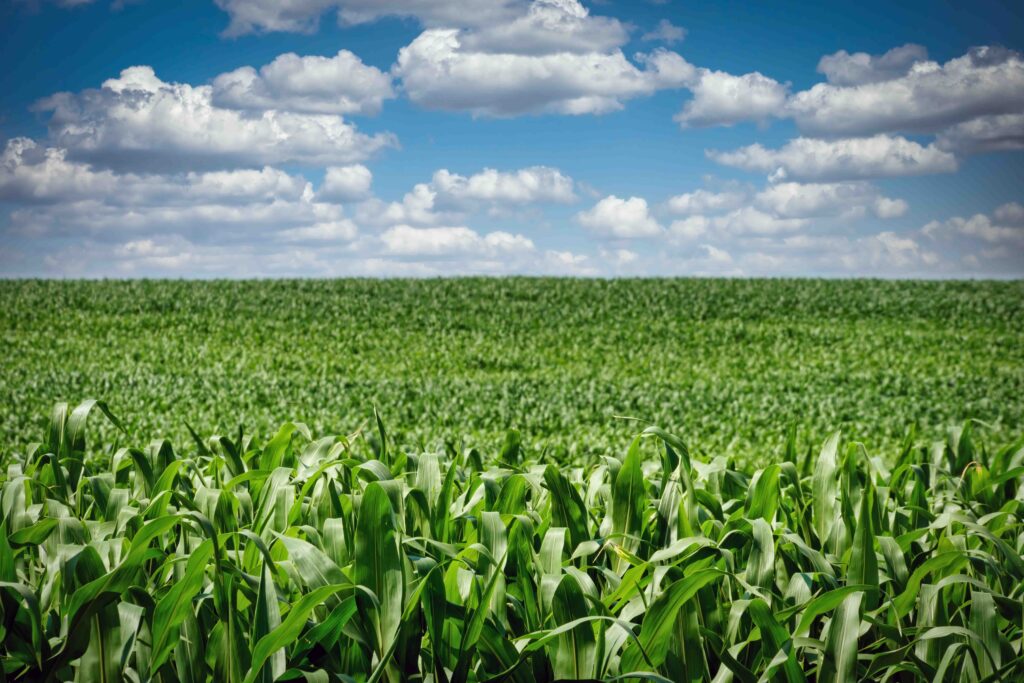Article
How the Blockchain Ushers in a New Form of Trust
Interview with Kevin Werbach of the Wharton School at the University of Pennsylvania
Reviewer
Dr. Nathan DeLay, Assistant Professor
Summary
Speaking about his book, The Blockchain and the New Architecture of Trust, Werbach describes how blockchain technology (BT) transforms the way individuals or organizations trust one another. It does so by putting information on a distributed ledger—a tamper proof, synchronized database shared among all members of a network. When one party adds new information, or a “block,” it must be validated and approved by the other parties on the network. Once linked, blocks cannot be altered without changing the entire chain, thus ensuring security. Werbach points out that this process of self-regulation embeds trust directly within the network and eliminates the role of third-party authentication from banks, government agencies or clearinghouses. Werbach identifies three buckets of future BT adoption:
- Cryptocurrency: digital currencies are built on blockchain platforms though BT has applications far beyond them.
- Tracking: BT attacks the transaction costs that plague supply chains by centralizing disparate information in real time.
- Crypto-assets: Blockchain based digital assets can be used as a store of value or traded like any other asset.
What this means for Food and Agricultural Business
The opportunities for BT in agriculture relate to Werbach’s second adoption category; tracking and transacting agricultural goods across the supply chain. In January of 2018, the world’s first blockchain based commodity trade took place between Dutch merchant Louis Dreyfus Company (LDC) and China’s Shandong Bohi. A shipment of U.S. soybeans to China was handled entirely through a blockchain platform with fully digitized documentation and processing. According to LDC representatives, the transaction time was reduced by a factor of five. Use cases are also emerging at the producer level. GrainChain, a blockchain startup, has created a grain merchandising platform that connects farmers with buyers. GrainChain’s blockchain solution allows farmers to receive payment and elevators to assume ownership of grain instantaneously at the point of sale, eliminating weeks of reconciling paperwork.
Werbach makes the case that BT can reduce transaction costs that stem from a lack of trust. A clear example from agriculture is the fraudulent sale of conventionally grown crops as organic. By integrating with internet of things (IoT) technologies and sensors that automatically record production data from the farm, a blockchain solution could emerge that guarantees certain production practices or sustainability metrics are met. Smart contracts—protocols built into a blockchain that automatically execute when pre-defined conditions are satisfied—can be used to withhold payment until those production practices have been demonstrated.
BT is arguably the most transformational in the context of food safety. The USDA Economic Research Service estimates that foodborne illness costs the U.S. over $15 billion each year. Food recalls are blunt instruments and impose significant economic harm on innocent players. With a blockchain, data on food products can be recorded at each point in the supply chain allowing complete traceability from shelf to source. Walmart partnered with IBM to test a blockchain solution for tracing sliced mangos. The result? The time required to track the product back to its origin fell from one week to 2.2 seconds. Walmart has since announced that all its leafy greens suppliers must make use of their blockchain platform by September 2019. Consumers, however, may not see the value immediately. A 2018 paper in the journal Applied Economic Perspectives and Policy found that consumers still reduce consumption of foodstuffs that are fully traceable in response to an outbreak.
So how quickly will blockchain technology replace existing mechanisms of trust in food and agribusiness? Werbach states that the value of BT will unfold over a long period of time. Far from an overnight revolution, BT will gradually integrate into existing systems much like the internet did in the 1990s and 2000s. The technology is currently in what I call “buzzword mode”—heavy on think pieces and speculation and light on concrete use cases. But food and agribusiness stakeholders should keep blockchain on their radar nonetheless, especially if you are in a business line characterized by high transaction costs and informational asymmetries.



